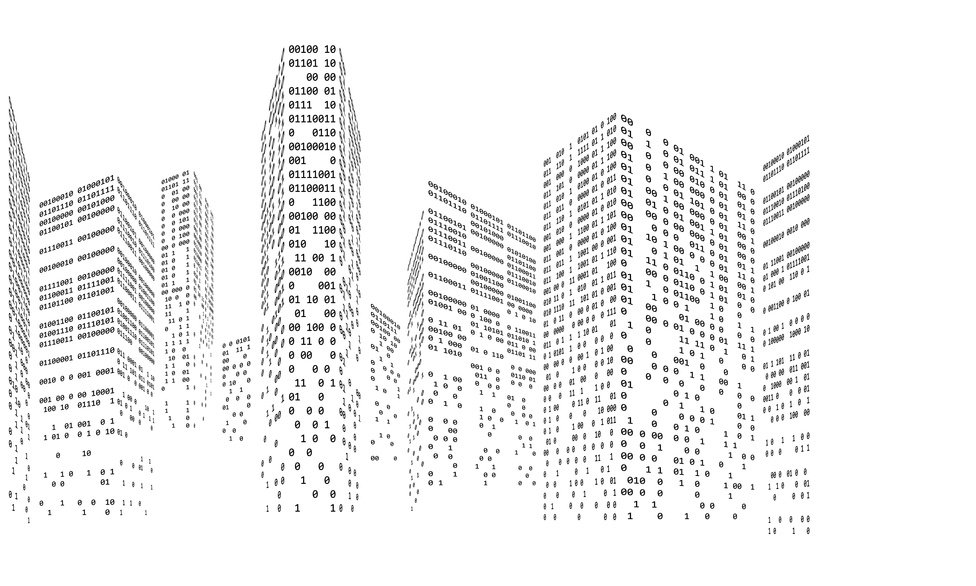1. Building Information Modelling
Building Information Modelling (BIM) is one of the fastest-growing trends in the building and construction industry, both in Australia and around the world. The digital prototyping technology allows teams to create 3D images of a building’s design and construction in a virtual environment, with engineering, mechanical, electrical, plumbing and other systems seamlessly integrated into the design. Building the asset twice (once in virtual reality and once in reality) means developers can use the safest and most efficient construction processes at every stage of the project.
All knowledge and documentation related to a project is stored in BIM’s centralised system, enabling full transparency and greater efficiencies in the delivery of the project. The technology can also enhance collaboration among stakeholders (including private certifiers), as well as improve the timeliness and accuracy of data and documentation. Most importantly, it provides teams with the ability to identify and mitigate risks earlier in the process, improving the safety and quality of the building
2. Google’s Project Tango
Google’s latest innovation is 3D mapping software comprising a small device with an infrared camera, emitter and a wide-angle lens. Users can quickly and easily map a room in 3D, then bring virtual objects into the room and interact with them as though they’re actually there. The technology also allows users to overlay data such as directions or architectural designs on top of the 3D environment, as well as integrate Tango with other apps in the Google Play store. While Tango is still in its infancy, its ability to gather data and reimagine buildings at the touch of an app is likely to revolutionise the industry.
3. Modern Materials
Technology hasn’t just impacted the architectural design process, but also the materials used in the construction of new buildings. Some of the latest breakthroughs overseas include using large-scale composites for architectural façades, pre-fabrication and thermal bridging materials such as Foamglas, which is a closed-cell foam made of sand and recycled glass. Foamglas is touted as being the ‘new brick’, with good insulation and impressive strength. Self-healing concrete, bioplastics and solar-thermal cladding are just a few of the exciting innovations that are likely to come onto the market in the next few years.
4. 3D Scanning and Printing
3D laser scanning is an emerging technology that’s having a significant impact on the industry. 3D scanners create a digital reproduction of objects, including their dimensions and positions in space, then transform that information into a point cloud image. Its precise measuring tools and ability to assess a space for any risks or issues early in the design process will be a valuable tool for many developers.
3D printing is now available commercially and has transformed the way structures are being built. In Amsterdam, 3D printing company MX3D is using an unmanned robot to 3D print an entire bridge. The world’s first 3D printed bridge will be an impressive steel structure using multi-axis metal printing technology. 3D printing is also being used to print complex architectural designs that are difficult to do by hand, but far more efficient and affordable with 3D printing.
5. Paperless Systems
More companies are using automation to streamline their processes and improve efficiency throughout the development process. MBC is one of the few private certifiers in Sydney that offers a paperless system, with online reviews and approvals for complying development and other building certifications. It also provides our team with simple filing and archiving, which results in less double-handling and errors. Like many of the latest cloud-based technologies, our paperless system syncs to all devices, so our team have all the information they need, whether they’re on a construction site or in the office. Paperless systems not only reduce overhead costs associated with printing, but also improves environmental sustainability.

